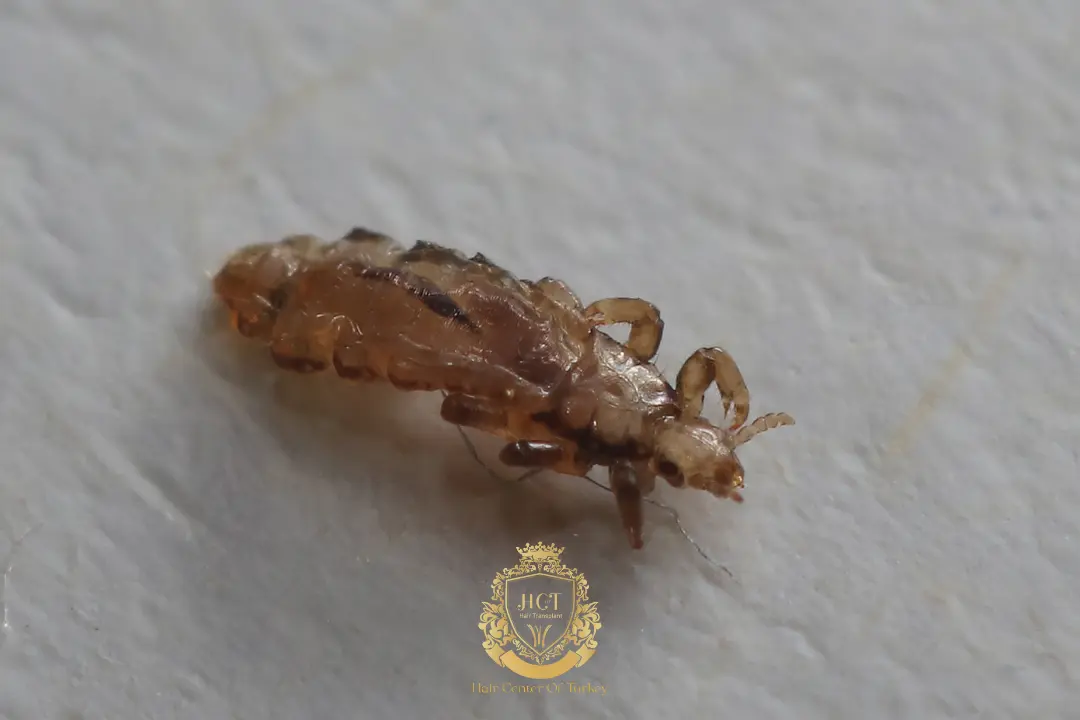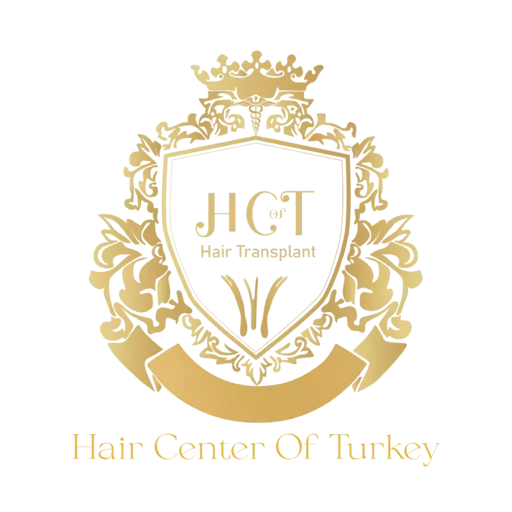What Causes Head Lice?
Hair is one of the most striking areas. Therefore, any problem that may occur in the hair can become noticeable. Head lice is one of these problems. Head lice live on the scalp of humans. Blood-fed lice are located in the form of small parasites. Although many people who experience this situation wonder the question “why causes head lice?”, there is more than one answer.
Small parasites, usually called Pediculus Humanus Capitis, cause infection. Parasites on the scalp are found in the hair follicles. Although head lice is more common in school-age children, it can be found in people of all ages. Why does head lice happen? Another answer to the question is crowded environments. It is also possible to see parasites transmitted from shared items as a result of close contact.

What is Head Lice?
Head lice have a small size. Being a reptile parasite, lice do not have the ability to jump. At the same time, flightless lice can be found on every living thing with different species.
Lice with a pointed mouth structure have their mouths on the head. The mouth structure, which provides convenience for the biting process, usually affects the upper layer of the skin. In this way, lice that start sucking blood reach the veins under the skin. In this way, lice are fed.
The settlement of lice in the hair follicles on the scalp is called head lice. Lice that secrete special saliva during biting prevent the skin from clotting. Since there is no clotting, itching and redness may occur. Lice, which lay eggs called nits on exposed hair strands, suck blood multiple times a day. They live their lives in an area close to the human scalp.
What are the Symptoms of Head Lice?
Itching is one of the symptoms of head lice. Itching, the most common symptom, can become unbearable. Itching, which gets worse especially at night, can accelerate the formation of rashes. In addition, head lice infections can also cause secondary infections. A person who experiences the symptoms of head lice should definitely go to a doctor. Head lice, which will be solved with medication given by a specialist physician, can also be treated with natural products such as herbal oils, vinegar or tea tree oil.

How to Remove Head Lice?
Head lice can be removed in more than one way. Especially the application of medicines, shampoos, creams and lotions given by the doctor to the hair produces effective results. Using a lice comb during the process will help to clean the scalp completely.
These stages can be given as an answer to the question “How to remove head lice?”:
Depending on the extent of the discomfort experienced by the person, the doctor may prescribe different medications. Therefore, taking any medication without a prescription may have health consequences. The scalp should be treated with the prescription drug given by the specialist physician. The medicine, which should be left for a while, should be washed carefully and meticulously.
The person washing their hair should comb it with a comb with fine and frequent teeth. Exposure of head lice to water makes them unable to move for a certain period of time. People who take advantage of this should continue combing their hair for an average of 10-15 minutes. This process, which will continue for about two weeks, should be repeated regularly 2 to 3 times every day.
People who do all these steps correctly should make sure that they remove lice and nits from their hair. Lice and nits that are not removed are very likely to repeat themselves. Therefore, the same procedure can be applied again between 7-10 days. People who need to apply this treatment method for themselves should purify their personal belongings that may contain lice and nits. They should also take the necessary precautions to prevent them from being used by others.
FAQ (Frequently Asked Questions)


